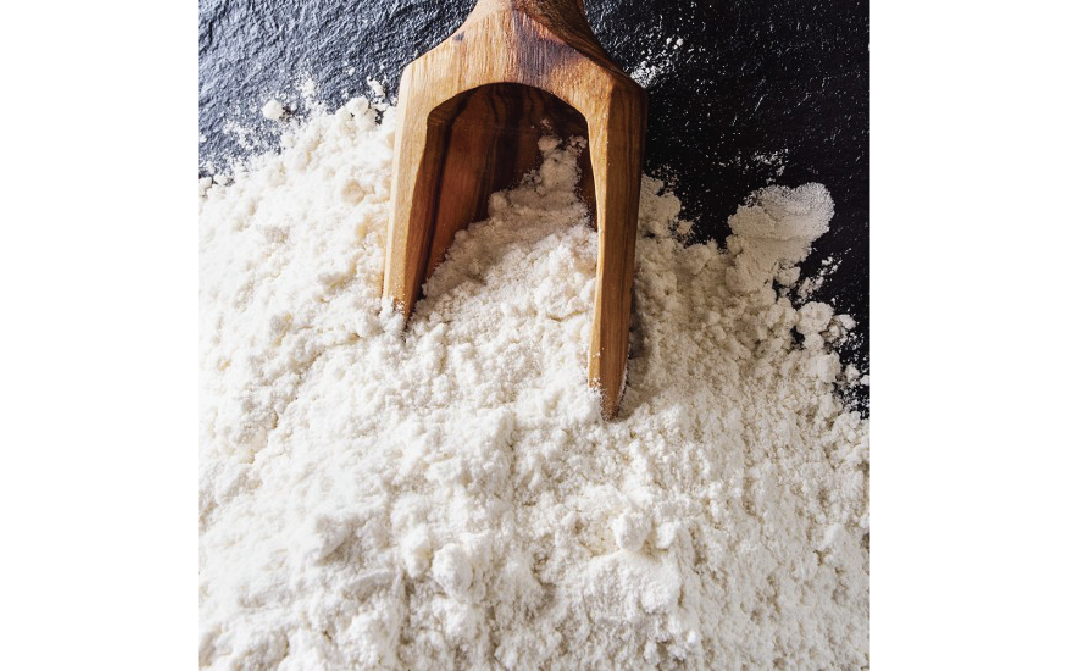


Always buy the one that is white and fine in texture, similar to cornstarch. One way to test if it is in the usable condition is to mix with water, if it gives an awful odour, it indicates that it is spoilt.
- Disclaimer
"Information here is provided for discussion and educational purposes only. It is not intended as medical advice or product or ingredient review/rating. The information may not apply to you and before you use or take any action, you should contact the manufacturer, seller, medical, dietary, fitness or other professional. If you utilize any information provided here, you do so at your own risk and you waive any right against Culinary Communications Private Limited, its affiliates, officers, directors, employees or representatives.”
Description
Arrowroot is typically a tropical root vegetable cultivated in Australia, Bermuda, Brazil, South China, South East Asia, but is a native to West Indies. It varies in size, averaging 8-25 cm in length and 10-13 cm in diameter. In terms of its physical structure, it is conical in shape, with slight tapering at the end, and hence draws its resemblance from carrot, and is white to purplish colour. It has a thin brown sheet skin, and underneath that, the flesh is ivory to white in colour and is firm, dense, smooth and aqueous, just like raw potatoes. It is juicy and mildly sweet in flavour when consumed raw. It is has a remarkable use in the culinary world, where it is used in the powdered form as a thickening agent. It belongs to the Marantaceae family of plant and is used as a healthier replacement for cornflour, as it has a look and texture similar to cornflour and is also gluten-free, hence is quite popular in the recent world due to the very emergence of celiac disease, a disorder in which the small intestine is damaged because of the inflammation caused by very consumption of gluten. It is available in the late fall through early spring. It’s been said that the Arwark Indian called it Arrowroot because it was used to draw out poison from people wounded by poisoned arrow. The tribal people called it Aru-Aru and followed a very laborious practice of extracting powder from its root. In India, it is known as Kooya.